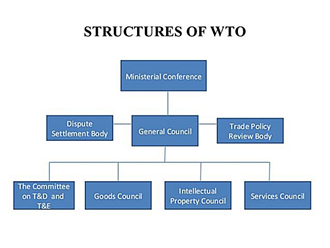- Cryptocurrency: A cryptocurrency is a digital currency, which is an alternative form of payment created using encryption algorithms. The use of encryption technologies means that cryptocurrencies function both as a currency and as a virtual accounting system.
- Non-Fungible Tokens (NFTs): blockchain-based tokens that each represent a unique asset like a piece of art, digital content, or media. An NFT can be thought of as an irrevocable digital certificate of ownership and authenticity for a given asset, whether digital or physical.
Meaning of non-fungible
-
- Non-fungible means that something is unique.
- Cannot be replaced or exchanged with an equal value.
- Cannot be broken into smaller values.
By contrast, physical money and cryptocurrencies are fungible, which means they can be traded or exchanged for one another. Every NFT contains a digital signature which makes each one unique.
- E-rupee: E-Rupee is a tokenised digital version of the Indian Rupee, issued by the Reserve Bank of India (RBI) as a central bank digital currency (CBDC). Like banknotes it will be uniquely identifiable and regulated by RBI.
- CBDC: Central bank digital currencies (CBDCs) are a form of digital currency issued by a country’s central bank. They are similar to cryptocurrencies, except that their value is fixed by the central bank and equivalent to the country’s fiat currency.
CBDC vs Cryptocurrency
Cryptocurrency is a decentralised distributed ledger whereas CBDC is centralised and is backed up by the country’s central bank.
Spread the Word


